Tax-Smart Retirement Planning: Comparing Traditional and Roth Accounts
June 4, 2025
Planning for retirement is one of the most important financial considerations during your working life. Understanding the different types of retirement accounts that are available to you can optimize savings and reduce your tax burden, both during your professional career and into retirement. The goal of this article is to explain the main types of retirement accounts, their tax implications, and when they may be a good fit.
Tax Basics for Retirement Accounts
When it comes to taxation of retirement accounts, there are two distinct types: Tax-Deferred and Roth. Tax-deferred accounts are funded with pre-tax contributions, which means that the amount contributed is deducted from your paycheck before tax is levied on your pay. When income is distributed from these accounts in retirement, tax is paid on the amount distributed at that time. Roth accounts are funded with after-tax contributions, meaning that the money is taxed before it goes into the account. Withdrawals of contributions to a Roth account are tax and penalty free at any time, even outside of retirement. Withdrawals of earnings on a Roth account are tax free if they have been held for at least 5 years and you are older than 59 ½ .
Overview of Key Retirement Accounts and Tax Implications
401(k) Plans
401(k) plans are employer-sponsored retirement plans. These plans have both traditional (tax-deferred) and Roth options. Contributions to a traditional 401(k) reduce your current taxable income, and any investment earnings are not taxed until the money is ultimately withdrawn. A big advantage to 401(k) plans is employer matching benefits. Many employers will match your contributions to a 401(k) each year, often capped at a certain amount or % depending on the employer.
Individual Retirement Arrangement (IRA)
Unlike a 401(k), IRAs are not employer sponsored and so you can set up your own. Many banks or other financial institutions offer IRAs. This can be a good option for those who are without access to a 401(k), or those who want to supplement their employer sponsored plans. IRAs have both traditional (tax-deferred) and Roth options available.
Comparing Traditional vs. Roth Accounts
A common question when opening or starting your own retirement account is whether to choose the traditional (tax-deferred) or Roth (taxed now) option. Traditional accounts can sometimes offer an immediate tax benefit, with the contributions being removed from your taxable income in the year they are contributed to the account. However, the money will still be taxed in retirement. This includes any growth in the account from investments. There are income limits to which you are allowed to deduct traditional account contributions from your taxable income, which can also vary based on whether you are covered already by a retirement plan at work.
Roth accounts do not offer the immediate benefit, with the money being taxed before going into the account. However, withdrawals of contributions are tax free at any time. Additionally, earnings on the account from investments are tax free when qualified withdrawals begin in retirement. Additionally, there are options to make withdrawals of earnings tax and penalty free early for the purpose of a first-time home purchase.
Roth IRA accounts also have income limits for people allowed to participate in them. The 2025 income limit for a Roth IRA is $246,000 adjusted gross income (AGI) for a married couple and $165,000 AGI for a single individual. These limits are adjusted for inflation annually by the IRS.
Roth 401(k) accounts, as well as traditional IRA and 401(k) accounts, do not have any such income limitations. However, as noted previously, they do have income limitations for when contributions can be deducted from taxable income.
Another key consideration is if a retirement account has a required minimum distribution (RMD). Certain retirement accounts have a RMD that will kick in once you reach a certain age, requiring you to withdraw a certain amount or % of the account each year. Roth accounts, such as Roth IRAs and 401(k)s generally do not have RMDs during the owner’s lifetime. Tax-deferred retirement accounts often have RMDs, typically starting at age 73.
As you are looking to decide between these options, you should consider the above items, as well as your current tax bracket vs. expected tax bracket in retirement. If you expect your tax bracket to be lower in retirement, then it may make more sense to go with a traditional option. This would take advantage of reduced income at your currently higher tax bracket. Alternatively, if you expect your bracket to be higher in retirement, than going with a Roth and paying the tax now would lead to more tax savings.
When to Choose Which Account?
Everyone’s situation is different, however here are some guidelines for when a certain account might make sense for you:
- Young Professionals: Consider a Roth account. You are possibly making the lowest salary that you will have in your long career. This is a great opportunity to get money into a Roth account at a lower tax bracket and enjoy long-term tax-free growth.
- High Earners: Consider a traditional 401(k) or IRA for upfront tax deductions, if available.
Tax Planning Tips
- Always be sure that you are aware of what type of plan you have, and the contribution limit of that plan in the given year
- In high income years, consider maximizing your contributions to reduce taxable income. However, keep in mind that your tax liability is a percentage of your taxable income, so a $1 contribution to a traditional retirement account will not decrease your tax liability by $1.
- In low-income years, look into converting traditional IRA funds to Roth IRAs, taking advantage of your lower tax bracket.
- Always take advantage of employer matches on retirement contributions.
- As you get closer to retirement age, make sure to plan for RMDs to avoid any potential penalties.
Conclusion
It’s crucial to plan for retirement at every stage of your professional life. Understanding the tax side of different accounts can help you get ahead and stay ahead in your retirement considerations. For tax advice tailored to your specific situation, reach out to our tax professionals at Larson & Company.

Chandler is a Tax Senior at Larson & Company specializing in taxation for corporations, partnerships and insurance companies.
LinkedIn
.png)




